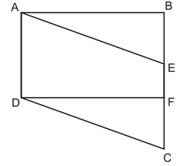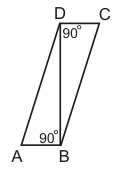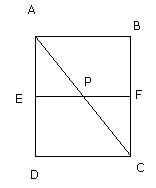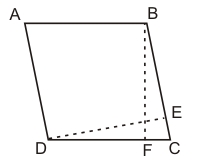CBSE Class 9 Answered
ABCD is a trapezium with parallel sides AB=a cm and DC=b cm. E and F are the midpts of the non parallel sides. The ratio of ar(ABFE) and ar(EFCD) is
Asked by archita123 | 14 Mar, 2015, 03:01: PM
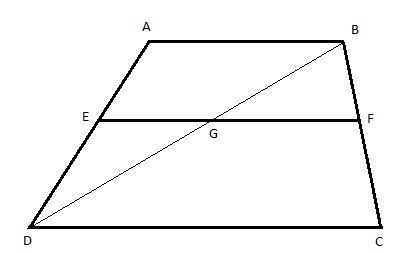

Answered by Prasenjit Paul | 15 Mar, 2015, 08:59: AM
Concept Videos
CBSE 9 - Maths
Asked by Topperlearning User | 17 Aug, 2017, 12:27: PM
CBSE 9 - Maths
Asked by Topperlearning User | 17 Aug, 2017, 12:14: PM
CBSE 9 - Maths
Asked by Topperlearning User | 17 Aug, 2017, 12:18: PM
CBSE 9 - Maths
Asked by Topperlearning User | 17 Aug, 2017, 12:18: PM
CBSE 9 - Maths
Asked by Topperlearning User | 17 Aug, 2017, 12:25: PM
CBSE 9 - Maths
Asked by Topperlearning User | 17 Aug, 2017, 12:26: PM
CBSE 9 - Maths
Asked by Topperlearning User | 17 Aug, 2017, 12:21: PM
CBSE 9 - Maths
Asked by Topperlearning User | 17 Aug, 2017, 12:22: PM
CBSE 9 - Maths
Asked by Topperlearning User | 17 Aug, 2017, 12:23: PM
CBSE 9 - Maths
Asked by Topperlearning User | 17 Aug, 2017, 12:24: PM

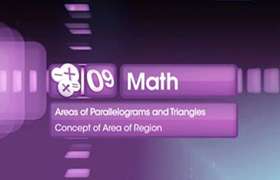

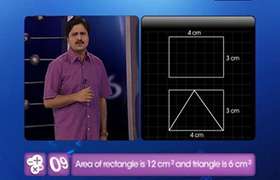
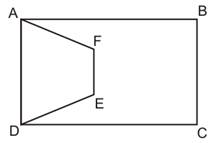 (II)
(II)
